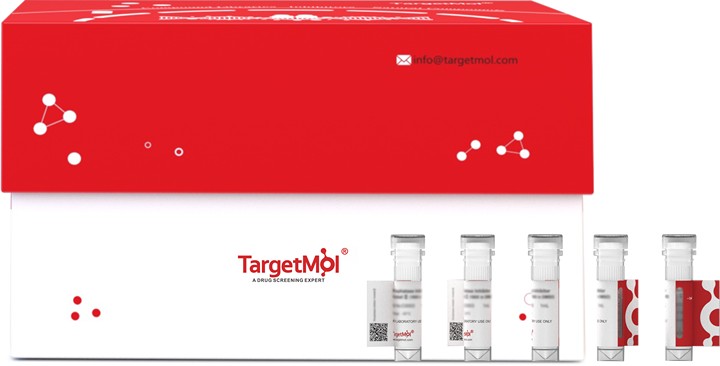Shopping Cart
Remove All Your shopping cart is currently empty
Your shopping cart is currently empty
Fractalkine Protein, Canine, Recombinant (His) is expressed in HEK293 mammalian cells with His tag. The predicted molecular weight is 38.9 kDa and the accession number is A0A8C0YVN8.

| Pack Size | Price | USA Warehouse | Global Warehouse | Quantity |
|---|---|---|---|---|
| 5 μg | $68 | 7-10 days | 7-10 days | |
| 10 μg | $112 | 7-10 days | 7-10 days | |
| 20 μg | $188 | 7-10 days | 7-10 days | |
| 50 μg | $370 | 7-10 days | 7-10 days | |
| 100 μg | $716 | 7-10 days | 7-10 days |
| Biological Activity | Activity testing is in progress. It is theoretically active, but we cannot guarantee it. If you require protein activity, we recommend choosing the eukaryotic expression version first. |
| Description | Fractalkine Protein, Canine, Recombinant (His) is expressed in HEK293 mammalian cells with His tag. The predicted molecular weight is 38.9 kDa and the accession number is A0A8C0YVN8. |
| Species | Canine |
| Expression System | HEK293 Cells |
| Tag | C-His |
| Accession Number | A0A8C0YVN8 |
| Synonyms | chemokine (C-X3-C motif) ligand 1 |
| Construction | A DNA sequence encoding the canine CX3CL1 (NP_001271385.1) (Met1-Gly100) was expressed with a polyhistidine tag at the C-terminus. Predicted N terminal: Gln 25 |
| Protein Purity | > 95 % as determined by SDS-PAGE. |
| Molecular Weight | 38.9 kDa (predicted) |
| Endotoxin | < 1.0 EU/μg of the protein as determined by the LAL method. |
| Formulation | Lyophilized from a solution filtered through a 0.22 μm filter, containing PBS, pH 7.4. Typically, a mixture containing 5% to 8% trehalose, mannitol, and 0.01% Tween 80 is incorporated as a protective agent before lyophilization. |
| Reconstitution | A Certificate of Analysis (CoA) containing reconstitution instructions is included with the products. Please refer to the CoA for detailed information. |
| Stability & Storage | It is recommended to store recombinant proteins at -20°C to -80°C for future use. Lyophilized powders can be stably stored for over 12 months, while liquid products can be stored for 6-12 months at -80°C. For reconstituted protein solutions, the solution can be stored at -20°C to -80°C for at least 3 months. Please avoid multiple freeze-thaw cycles and store products in aliquots. |
| Shipping | In general, Lyophilized powders are shipping with blue ice. |
| Research Background | Fractalkine or Chemokine (C-X3-C motif) ligand 1 (CX3CL1) is a member of the CX3C chemokine family. Fractalkine / CX3CL1 is a unique chemokine that functions not only as a chemoattractant but also as an adhesion molecule and is expressed on endothelial cells activated by proinflammatory cytokines, such as interferon-gamma and tumor necrosis factor-alpha. Fractalkine/CX3CL1 is expressed in a membrane-bound form on activated endothelial cells and mediates attachment and firm adhesion of T cells, monocytes and NK cells. Fractalkine / CX3CL1 is associated with dendritic cells (DC) in epidermis and lymphoid organs. The fractalkine receptor, CX3CR1, is expressed on cytotoxic effector lymphocytes, including natural killer (NK) cells and cytotoxic T lymphocytes, which contain high levels of intracellular perforin and granzyme B, and on macrophages. Soluble fractalkine causes migration of NK cells, cytotoxic T lymphocytes, and macrophages, whereas the membrane-bound form captures and enhances the subsequent migration of these cells in response to secondary stimulation with other chemokines. |
| Size | Quantity | Unit Price | Amount | Operation |
|---|

Copyright © 2015-2025 TargetMol Chemicals Inc. All Rights Reserved.